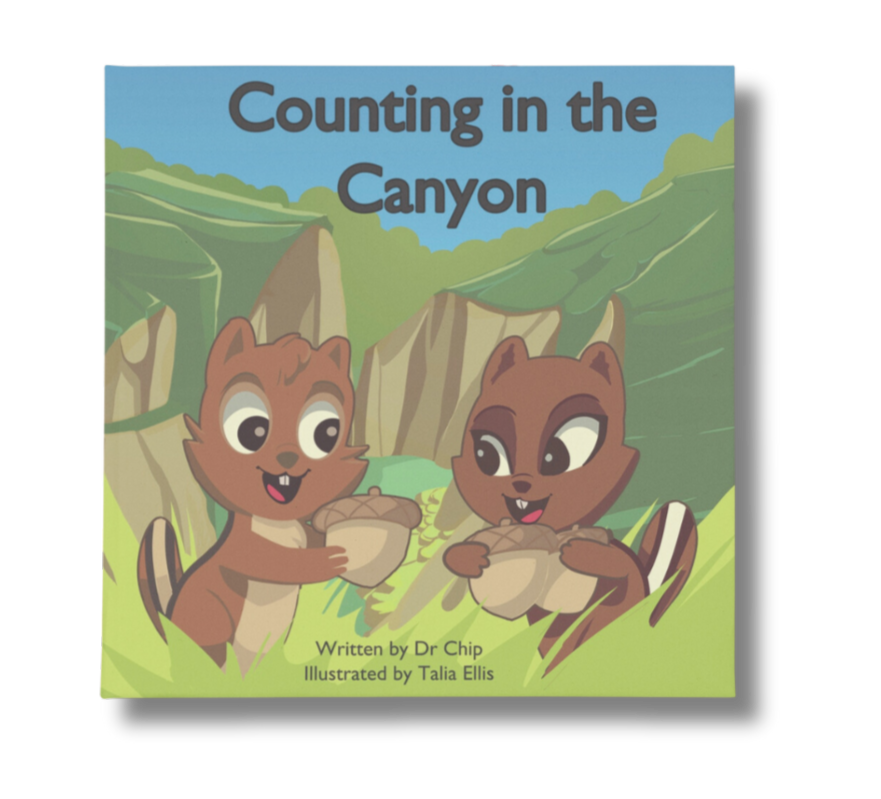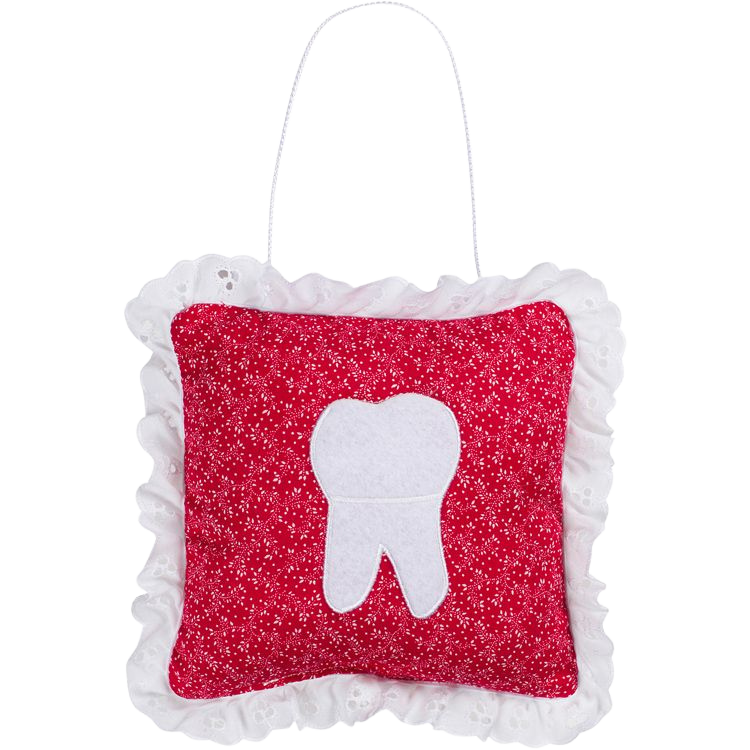Your basket is empty
Already have an account? Log in to check out faster.
Already have an account? Log in to check out faster.

One of the most common questions parents whisper to each other at school pickup or text frantically to friends late at night is: "How much does the tooth fairy leave at your house?" It's a question that seems simple on the surface but touches on deeper considerations about money, childhood expectations, and family values. The truth is, there's no "right" amount for the tooth fairy to leave—but there are thoughtful ways to approach this magical monetary decision.
Recent surveys suggest that the average tooth fairy payment in the United States ranges from $1 to $5 per tooth, with many families settling around $2-3. However, these numbers can vary dramatically based on geographic location, family financial circumstances, and personal values. Some families stick to quarters and dollar bills, while others might leave $10 or more for special teeth like the first lost tooth.
Remember that the "average" includes families across all economic backgrounds. What matters isn't matching a national average—it's creating a tradition that feels right for your family's budget and values. The magic isn't in the amount; it's in the thoughtfulness and consistency of your approach.
The most important consideration is what feels comfortable for your family budget. If leaving $5 per tooth would stress your finances or create expectations you can't maintain consistently, that's not the right amount for your family. Children lose approximately 20 baby teeth, so multiply your planned amount by 20 to see the total investment you're committing to over several years.
Younger children (ages 4-6) are often just as excited by the magic of the exchange as they are by the monetary value. A shiny quarter might delight a four-year-old just as much as a five-dollar bill. As children get older and develop a better understanding of money's value, they might begin comparing their tooth fairy payments with friends' experiences.
Whatever amount you choose for the first tooth sets a precedent that your child will remember and expect for future teeth. While you might want to make the first tooth extra special, consider whether you're comfortable maintaining that level for all subsequent teeth, or plan to explain why the first tooth was unique.
The tooth fairy tradition offers an opportunity to introduce concepts about money that align with your family's values. Some families use this as a chance to discuss saving, spending wisely, or even charitable giving. Others prefer to keep the focus purely on the magical aspect without introducing complex money lessons.
Many modern tooth fairies blend money with other small treasures. Consider leaving:
Some families have their tooth fairy leave "experience coupons" instead of or alongside money—perhaps a coupon for ice cream, extra bedtime stories, or a special outing. These create lasting memories while teaching that value doesn't always come in monetary form.
Consider a system where payments increase slightly with age or grade level, helping children understand that growing up comes with increased responsibility and rewards. For example, kindergarteners might receive $1, while third-graders receive $2.
How you present the tooth fairy's gift can make any amount feel magical:
Remember that the tooth fairy experience encompasses much more than the monetary exchange. Creating meaningful bedtime rituals around tooth loss, using a special tooth fairy pillow, and celebrating the milestone of growing up often matter more to children than the specific dollar amount.
Some families create stories to explain their tooth fairy's payment system: "Our tooth fairy pays based on how well you took care of your teeth" or "The tooth fairy from our neighborhood specializes in leaving silver coins." These narratives help children understand that different families might have different experiences.
Inevitably, your child will learn that their friend received a different amount from the tooth fairy. Prepare for this conversation in advance. You might say: "Different tooth fairies have different specialties. Our tooth fairy loves leaving special coins and notes, while your friend's tooth fairy might prefer bills."
Use these moments to reinforce gratitude: "Isn't it wonderful that the tooth fairy visits so many children? I'm grateful our tooth fairy remembers to visit you every time." This shifts focus from comparison to appreciation.
It's perfectly acceptable to establish that tooth fairy business is private family matter, just like how families handle other traditions differently. This helps prevent detailed comparisons and maintains the magic for all children involved.
Many families choose to make the first lost tooth extra special with a larger payment or additional gifts. This acknowledges the significance of the milestone while setting different expectations for routine teeth going forward.
Prepare for situations where the tooth goes missing or gets accidentally swallowed. Many families establish that the tooth fairy accepts written notes explaining the situation, sometimes with a slightly different payment system for these special circumstances.
Occasionally, children lose multiple teeth simultaneously. Decide in advance whether your tooth fairy pays per tooth or has a "multiple tooth bonus" system to manage expectations and your budget.
Want to learn more about the Tooth Fairy?
Learn about creating magical tooth fairy traditions in our bedtime ritual guide.
Discover how families around the world handle tooth traditions
The "right" amount for your tooth fairy to leave is whatever feels right for your family's circumstances, values, and budget. Whether it's a quarter that sparkles with magic or a five-dollar bill accompanied by a special note, what creates lasting memories is the love, thought, and consistency behind your family's tradition. Focus on making the entire experience magical rather than worrying about matching anyone else's tooth fairy policies.
Looking to make your tooth fairy tradition extra special regardless of the amount you leave? Our beautifully crafted tooth fairy pillows provide the perfect home for your child's tooth and the fairy's surprise. With special pockets designed for both teeth and treasures, these heirloom-quality pillows ensure that no matter what your tooth fairy leaves behind, it will be discovered with joy and excitement.

